Sun Yat-Sen University Cancer Center aims to safely eliminate this process with the help of AlignRT, starting with breast cancer patients.
Elimination of Plan Verification Procedure with AlignRT
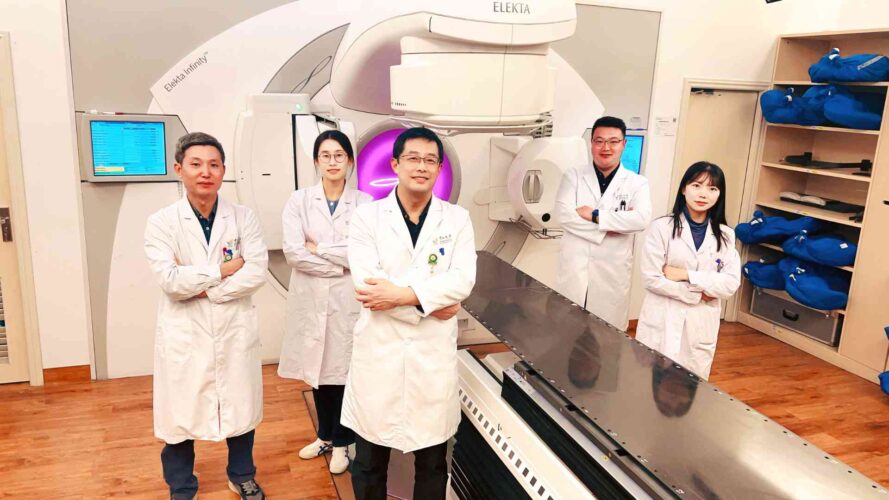

The Challenge
Goals
Eliminate Plan Verification Procedure with AlignRT
To eliminate the plan verification procedure but maintain an isocenter check in place for patient safety.
Reduce time to localize isocenter
Find a method that aids therapists to localize and verify that the treatment isocenter is correct.
Increase setup accuracy
Solutions
Sun Yat-Sen Cancer Center developed a dual-guided process in which surface guidance acts as an additional set of eyes to ensure correct localization of isocenter, and CBCT fine tunes and double check patients’ position.
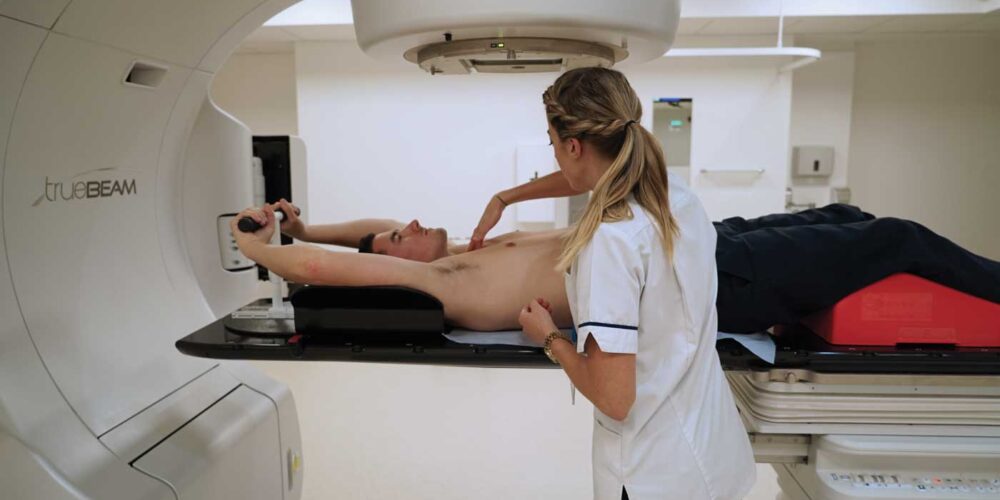
Training
Vision RT’s Clinical Application Specialist provided the accessibility and on-site training that helped Sun Yat-Sen Cancer Center initiate their implementation of AlignRT in SRS. From there, they began to implement SGRT applications in different areas including breast, DIBH, and pelvis.
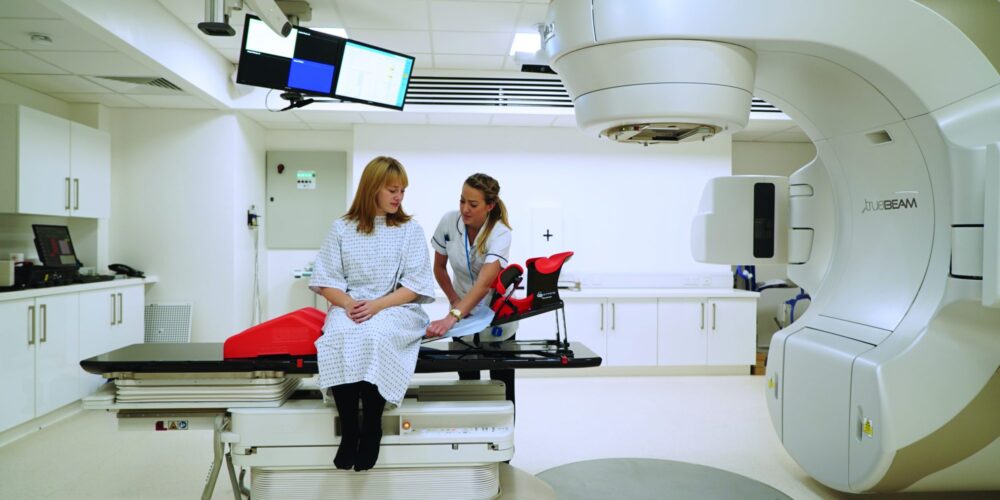
Exploration with AlignRT
Since their first implementation with SRS in 2020, they have explored AlignRT in various applications. They have innovated their own immobilization devices to ensure the best setup result with surface guidance such as open face mask with mouth bite, prone pelvis board with vac-lok and also non-reflective customized bolus.
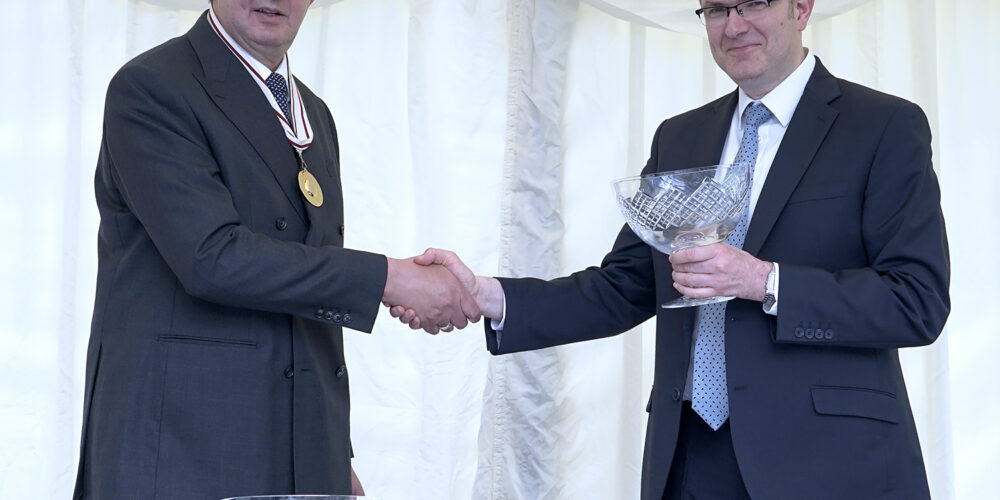
Data Collection and verification
To ensure feasibility of new technique, they conducted a study on 81 patients (41 with plan verification, 40 with dual-guided localization process). Study shows that the method not only reduced time spent on isocenter localization, but also improves setup accuracy.
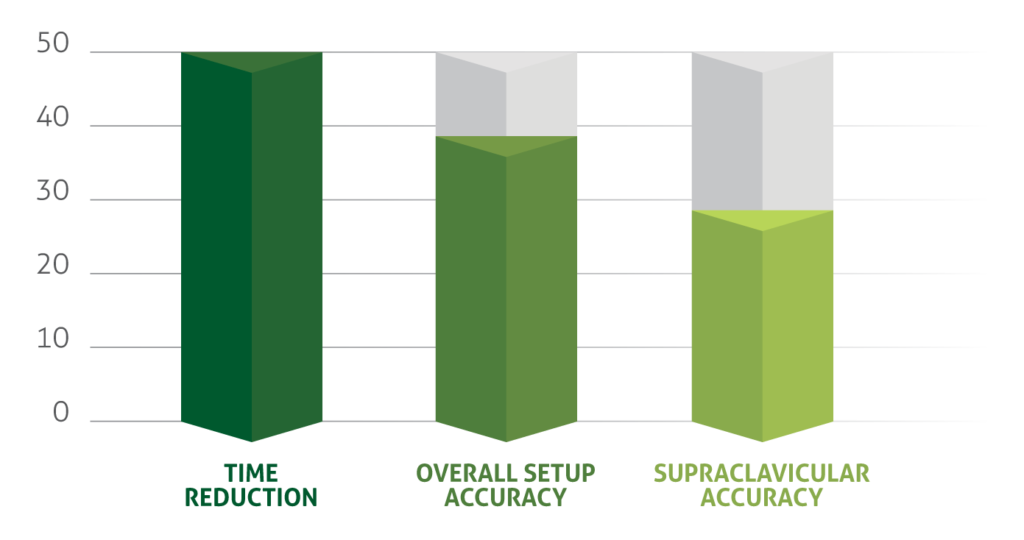
Results
- Eliminated Plan Verification Procedure
- Isocenter localization time reduced from an average of 8 min to 4 min: 50%
- Overall setup accuracy improved 38%
- Accuracy of Supraclavicular region improved through treatment capture: 28%
 “We believe in solving clinical problems through research and innovation and hope our staff will find meaning and value in their role through exploring new techniques and technology.”
“We believe in solving clinical problems through research and innovation and hope our staff will find meaning and value in their role through exploring new techniques and technology.”
Chi Feng
Chief Radiation Therapist
Future plans
Sun Yat-Sen Cancer Center has achieved a lot with Vision RT since its implementation in 2020. They have published 4 abstracts in ESTRO and ASTRO, as well as 3 papers regarding AlignRT and its various applications. Future plans include expanding this method of isocenter localization to other treatment sites.